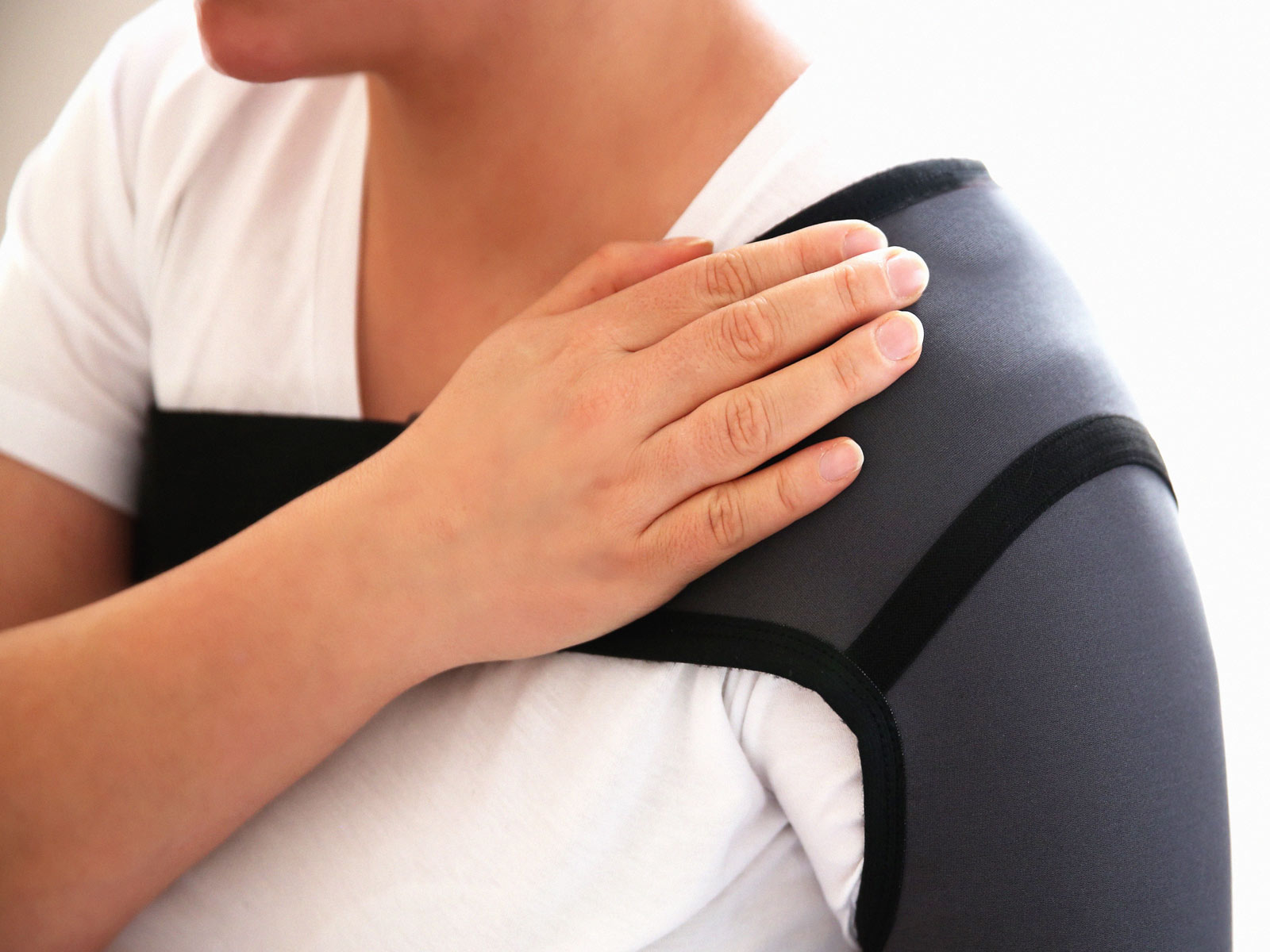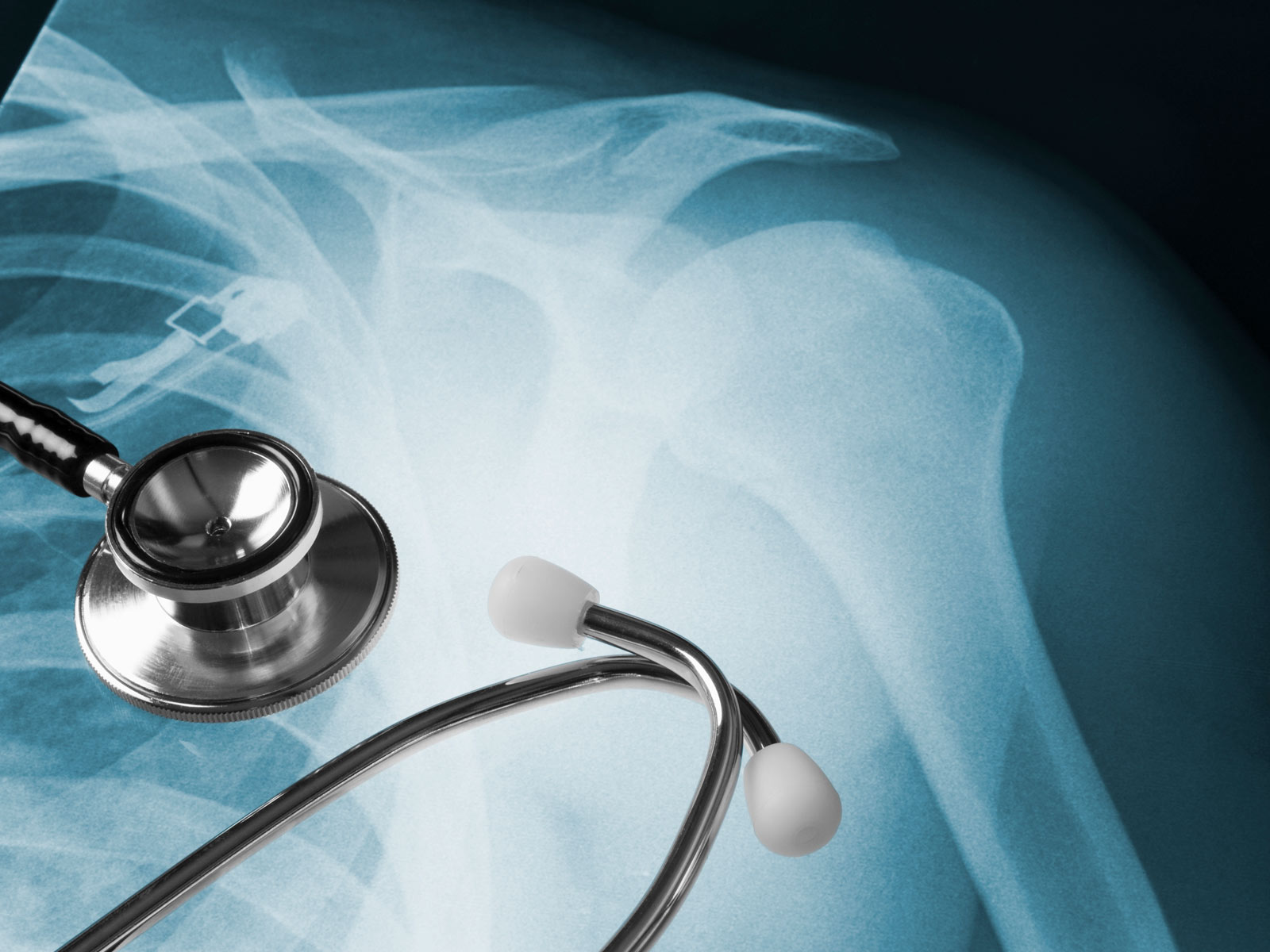Shoulder Pain
Understanding And Treating Shoulder Pain
Shoulder pain is an issue that encompasses an array of possible problems affecting one or more components that make up the shoulder.
The anatomy of your shoulders
consists of three bones:
- Humerus: The humerus is the upper arm bone, located between the shoulder and elbow joints. It's the connection between the scapula and two bones in our lower arm.
- Scapula: The scapula is also known as the shoulder blade and is the bone that connects the humerus with the clavicle.
- Clavicle: The clavicle is known as the collarbone, and is comprised of two horizontal bones that act as a strut between the shoulder blade and the breastbone.
The bones that make up the shoulder are held together by connective tissue (i.e., joints, tendons, and muscles) that work in unison to promote stability and a wide range of motion. When pain occurs in the shoulder, the root of the problem will usually fall into one of four categories:
Instability
Shoulder instability is described as a dislocation that occurs when the humerus is positioned outside of the shoulder socket, which is usually the result of injury or overuse. There are two types of dislocations.

- Subluxation: Subluxation refers to a partial tear.
- Complete Dislocation: Complete dislocations refer to the ball coming all the way out of the socket.
Partial or complete dislocations could stem from loose or torn tendons, ligaments, and muscles around the shoulder, and if left untreated, the frequency in which the dislocations occur could increase, which puts you at greater risk of developing arthritis in the joint.
Tendon Inflammation
Tendon inflammation can be broken up into three categories:
- Bursitis: Bursae are described as small, fluid-filled sacs located in joints throughout the body. Their purpose is to create a cushioned barrier between bones, to help reduce friction between bones and muscle tissue. Overuse of the shoulder can lead to swelling and inflammation between the rotator cuff and a component of the shoulder blade known as the acromion. This condition is known as subacromial bursitis.
- Tendinitis: Tendinitis is described as inflammation in the tendon (the cords that connect muscle to bone).
- Tendon Tears: Tendon tears are described as the tearing or splitting of tendons, due to injuries or degenerative changes in the tendon.

Arthritis

The most common form of arthritis in the shoulder is osteoarthritis, which occurs with overuse or injury. Symptoms include pain, swelling, and stiffness that increase in severity over time if left untreated.
Fracture
Fractures or broken bones in the shoulder (i.e., clavicle, humerus, scapula) are usually the result of a high energy impact such as a motorcycle accident, sports injury, or fall from a standing height (shoulder fractures from a standing height occur most frequently in older patients). Symptoms of fractures include swelling, bruising, and severe pain.

Diagnosing Shoulder Pain
Shoulder pain is usually diagnosed using two methods:

Physical Examinations: Physical examinations refer to a physician conducting a comprehensive physical assessment, in search of physical abnormalities such as deformities, swelling, tenderness, muscle weakness, and a lack of range of motion.
Tests: To get a more accurate diagnosis, a physician may order specific tests to help better identify to root cause of your pain. These tests include:
- X-rays
- MRI
- CT Scan
- Arthrogram
- EMG
Treatment
Treatment concerning shoulder pain will depend on the severity of your injury. The most common forms of treatment include:
Activity Adjustment: Activity adjustments usually consist of rest, decreased physical exertion, and physical therapy to help improve the strength and flexibility of your shoulder.
Medication: Medication is usually prescribed for two reasons. One, to help reduce inflammation, and two, to help relieve pain. This may be an option if you're experiencing severe pain and inflammation.
Surgery: Surgery is always the last option and reserved for those dealing with severe fractures, recurring dislocations, and rotator cuff tears.

need help for your shoulder pain?
Katalyst is a medical practice located in Chesterfield, MO, near St. Louis. We offer various forms of treatment via a customized care plan specifically designed to get to the root cause of your shoulder pain and help you regain your strength and resiliency.
Are you suffering from shoulder pain in St. Louis and the rest of the Chesterfield area, Missouri?

Looking for a way to treat your pain that goes beyond drugs, cover-ups, or surgery?
Take our simple Strive To Thrive Assessment and discover your next steps toward transformative health.
